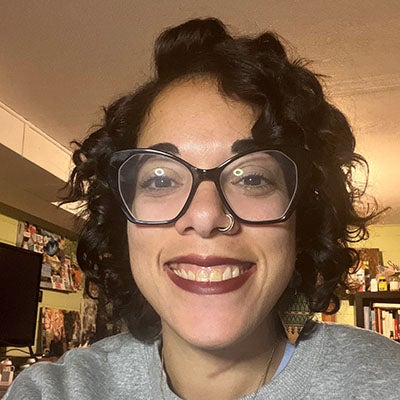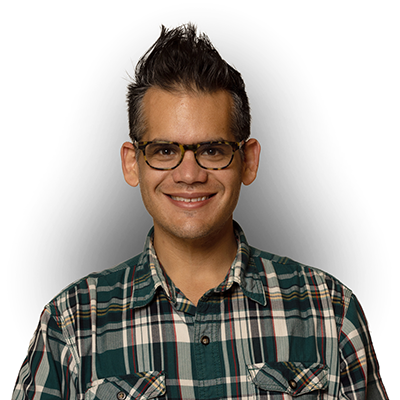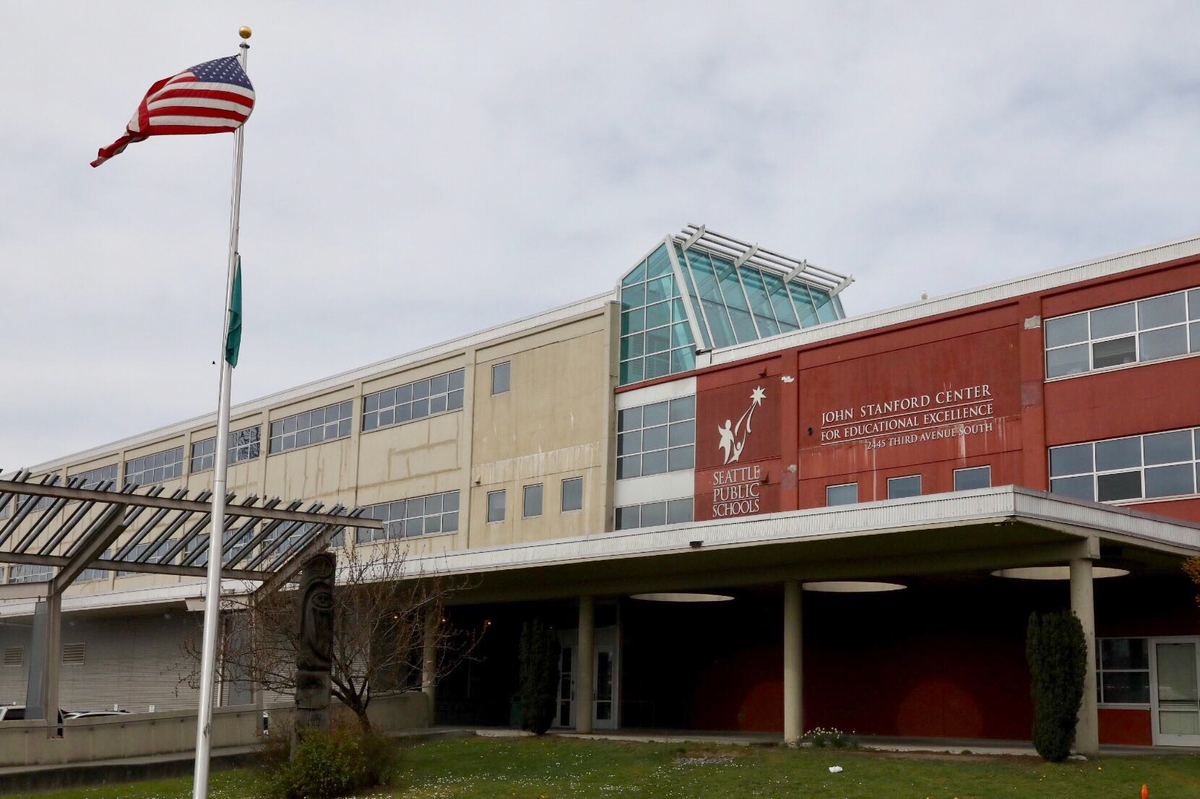A new journalism fellowship to increase local news coverage in Washington will be established with money from the state budget.
The Washington Legislature allocated $2.4 million over two years for the new fellowship program. Under the program, which could start as early as 2024, eight recent college graduates will be sent to news outlets statewide each year for two-year reporting stints.
Local news coverage nationwide has been dwindling in recent years. Nearly 2,000 newspapers closed nationwide between 2004 and 2018, according to data from the University of North Carolina,
Several news outlets in Washington have closed or scaled back operations over the past two decades. The Seattle Post-Intelligencer became an online outlet after closing its print operation in 2009. Recently, leadership at the Seattle Chinese Post announced it would cease publication after more than four decades.
“I know what it means for the press corps to hold elected officials’ feet to the fire, and it’s an important part of our democratic process that we can’t let slip away in towns around our state,” said Sen. Karen Keiser, D-Des Moines, in a news release from Washington Senate Democrats.
Keiser, a graduate of the University of California Berkeley who worked as a broadcast journalist in Denver, Portland and Seattle, led the effort to fund the program with Sen. Marko Liias, D-Everett.
The Edward R. Murrow College of Communication at Washington State University will operate the program, modeled after the California Local News Fellowship operated by the University of California Berkeley. Half of the participants selected will be WSU graduates, and all who complete the fellowship will receive a certificate in digital media innovation from the university.









